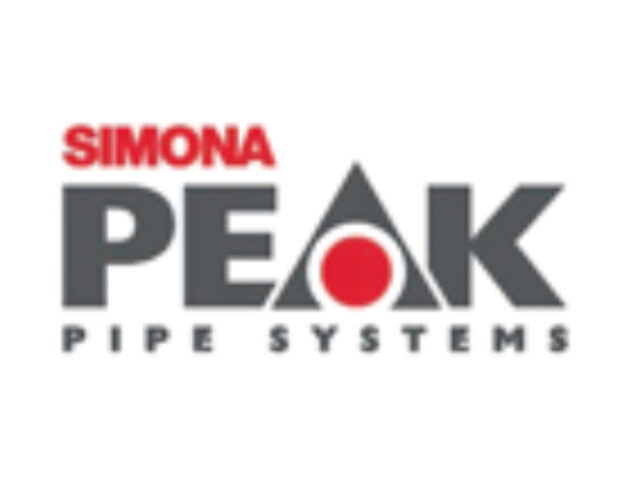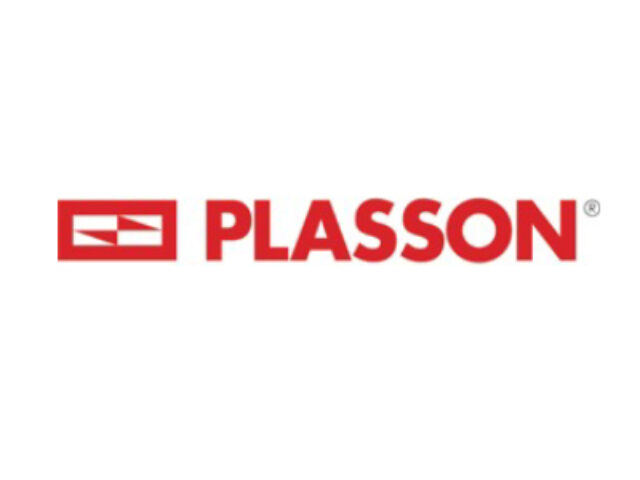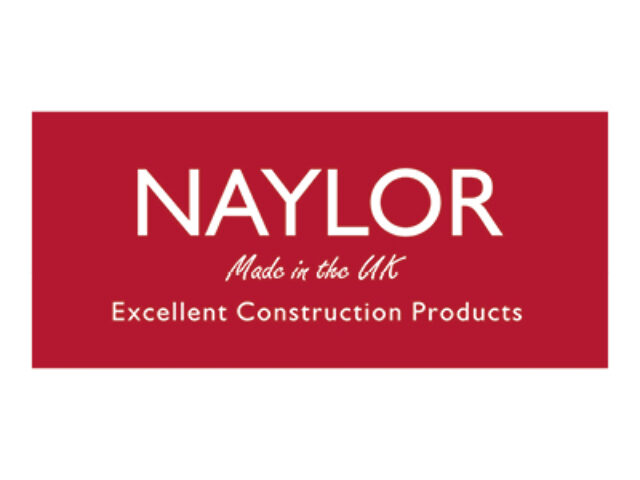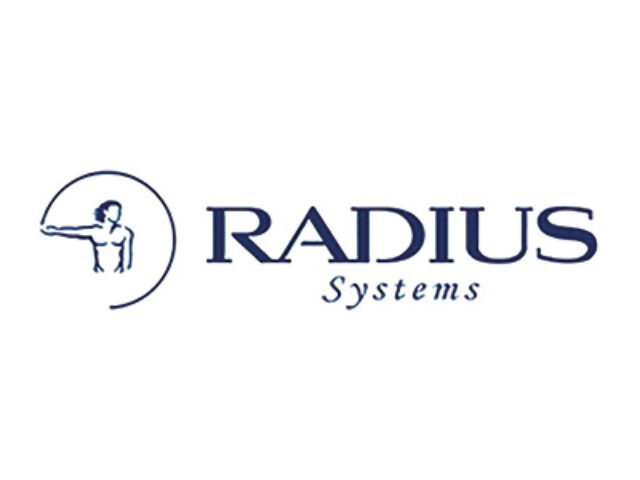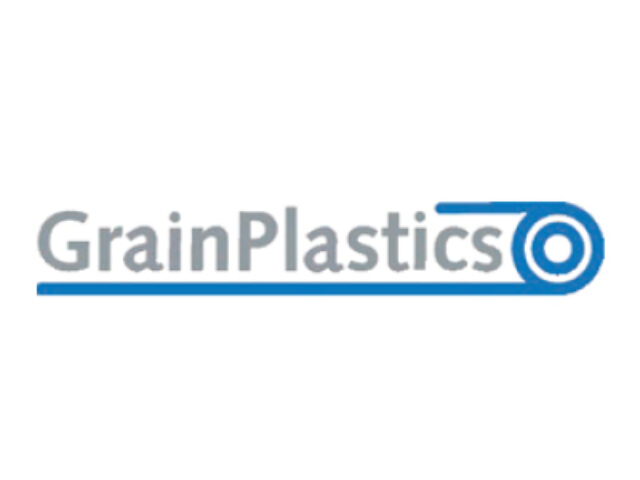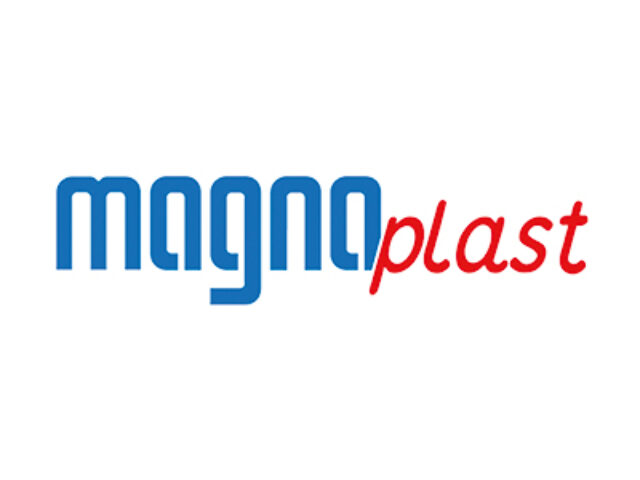News
Why More Contractors Are Swapping Concrete for Plastic Chambers
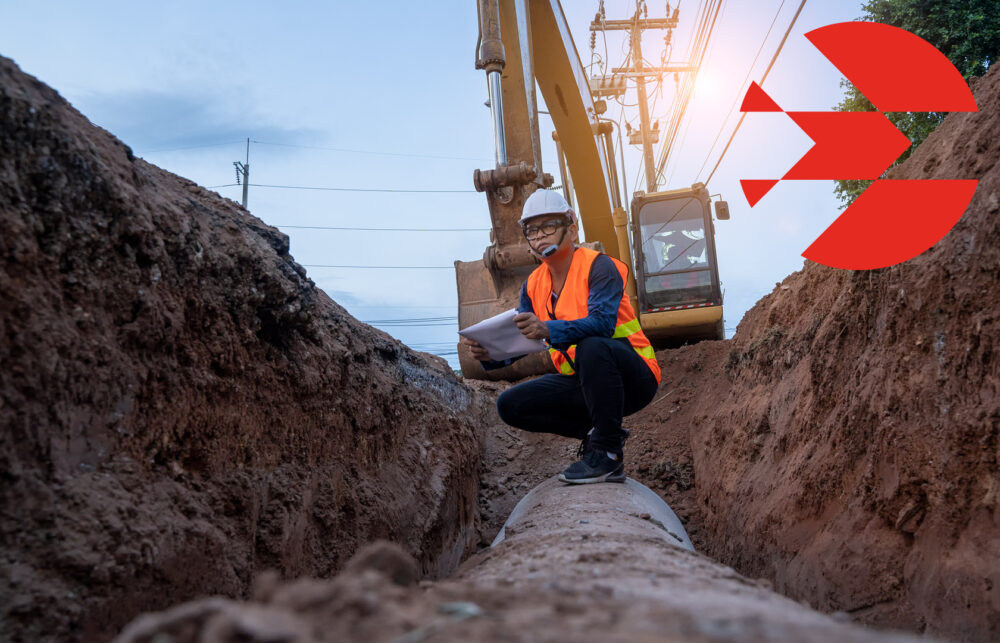
Get in, Get Out: What’s Changing on Site
If you’re still defaulting to concrete inspection chambers on every job, it might be time for a rethink. More contractors are now looking at the full picture, not just what the spec says, but what works on site. As pressure grows to move projects along faster, with fewer delays and lower risk, plastic chambers are stepping into the spotlight.
They’re lighter, safer to handle, quicker to install, and in many cases already approved. The question isn’t whether they’re “as good as concrete”. It’s whether they suit the job better.
Concrete still has its place — but not always
For decades, precast concrete was the go-to choice for inspection chambers. And in certain jobs, it still is. Heavier loading areas and deeper installations will always call for robust solutions. But contractors across housing, retail, and smaller civils jobs are now questioning the logic of pouring wet trades or bringing in lifting gear just to install a simple chamber.
Most plastic systems today meet the requirements for adoptable and non-adoptable drainage. For depths of up to 3 metres, chambers like those from reputable manufacturers are already accepted by major water authorities, so long as installation follows guidance.
What’s changed is how contractors view time, labour and risk.
What contractors are really trying to avoid
Often, concrete chambers add complexity as they can require machinery, extra permits, temporary works and co-ordination with other trades. And when deadlines tighten, it’s these fiddly details that could delay the project.
Plastic chambers are easier to move, simpler to install and don’t require specialist handling. Crews can get them in the ground faster, reducing exposure to bad weather or programming issues. With better access to approved systems, contractors are now more confident about pushing for a smarter spec.
Do plastic chambers meet regulations?
Yes, provided you choose the right product for the job. For foul and surface water drainage, systems should comply with BS EN 13598 and be accepted under Sewers for Adoption guidance (still widely followed even after its replacement by Design and Construction Guidance in 2020). In practice, most plastic chamber bases are used with sealed ring sections or risers and come with integral gaskets to ensure watertight connections.
Plastech® supplies systems that are already approved by water authorities across the UK and can advise which are best suited to your site. We understand what specifiers ask for and what groundworkers need.
More developers are asking for faster buildouts
With programme pressures increasing across housebuilding and commercial work, more clients are pushing for early utility connections and quicker drainage installs. Using plastic chambers in the right areas is one simple way to reduce drag and avoid tying up machines or skilled labour unnecessarily.
For contractors, it’s not about cutting corners but about knowing where you have flexibility and using it to stay on track.
Work with a ducting and drainage supplier who understands the site reality
At Plastech® we supply both plastic and concrete chamber systems and help you decide what’s right for the job. We keep stock of the most commonly used chamber bases and covers. You won’t be stuck waiting days for delivery or chasing around for a fitting.
Need advice on compatibility with adoptable sewers or clarification on installation standards? Our team speaks your language and knows what local water authorities are likely to accept.







